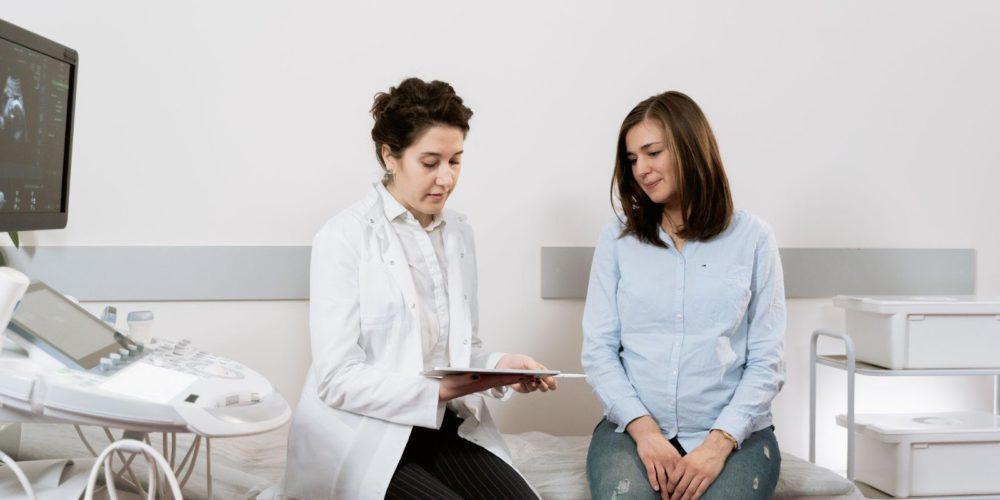What is endometriosis?
Endometriosis is a common fertility problem that women can experience during their childbearing years. It occurs when the type of tissue that lines your uterus is also growing outside of your uterus. This extra tissue does not always cause noticeable symptoms and it usually isn’t dangerous, but it can cause pain and other problems.
The clumps of tissue that grow outside your uterus are called implants. Implants usually grow on the ovaries, the fallopian tubes, the outer wall of the uterus, the intestines, or other organs in the belly. In rare cases, these tissues spread to areas beyond the belly.
Currently, there is no known cause of endometriosis. Researchers suggest that one possible cause could be “reverse menstruation,” or a phenomenon where the tissue shed during menstruation backs upward through the fallopian tubes and begins growing into the abdomen. Other theories suggest that the condition is related to immune system disorders or the transformation of peritoneal cells.
How does endometriosis impact you?
Your uterus is lined with a type of tissue called the endometrium. Each month, your body releases hormones that cause the endometrium to thicken and get ready for an egg. If you get pregnant, the fertilized egg attaches to the endometrium and starts to grow. If you do not get pregnant, the endometrium breaks down and your body sheds it as blood. This is known as your menstrual period.
When you have endometriosis, the implants of tissue outside your uterus act just like the tissue lining your uterus. During your menstrual cycle, they get thicker, then break down and bleed. Because the implants exist outside of your uterus, the blood cannot flow out of your body, so it gets trapped. The internal buildup can make the implants and surrounding areas irritated and painful.
This is also why endometriosis pain may start as mild discomfort a few days before the menstrual period and then usually is gone by the time the period ends. If an implant grows in a sensitive area, it can cause consistent abdominal pain or pain during certain activities, such as sex, exercise, or bowel movements. It can also cause abnormally painful, heavy periods, a condition known as dysmenorrhea.

Endometriosis Specific to Ovary Problems
Common complications of endometriosis include the development of cysts on the ovaries and adhesions around the pelvis. These blood-filled growths are called ovarian endometriomas or endometrial cysts. Endometriomas can be as small as one millimeter or more than eight centimeters across. The symptoms of an ovarian cyst may be the same as those of endometriosis.
Adhesions are bands of fibrous tissue that can make your organs and pelvic tissues stick together. Research indicates that scar tissue and/or adhesions may make it difficult to get pregnant because they interfere with the menstrual cycle.
Also, ovarian cancer is slightly higher in women who have endometriosis. This type of ovarian cancer is most commonly seen in women older than 60.

You’re Not Alone
Endometriosis affects an estimated two to ten percent of American women between the ages of 25 and 40, which is why we’re determined to help provide answers and solutions. If you have experienced any of the aforementioned symptoms or think you may have endometriosis, contact us today for a free phone consultation. Millions of women have suffered from endometriosis and have been able to find solutions. We are here to help you work through this.
